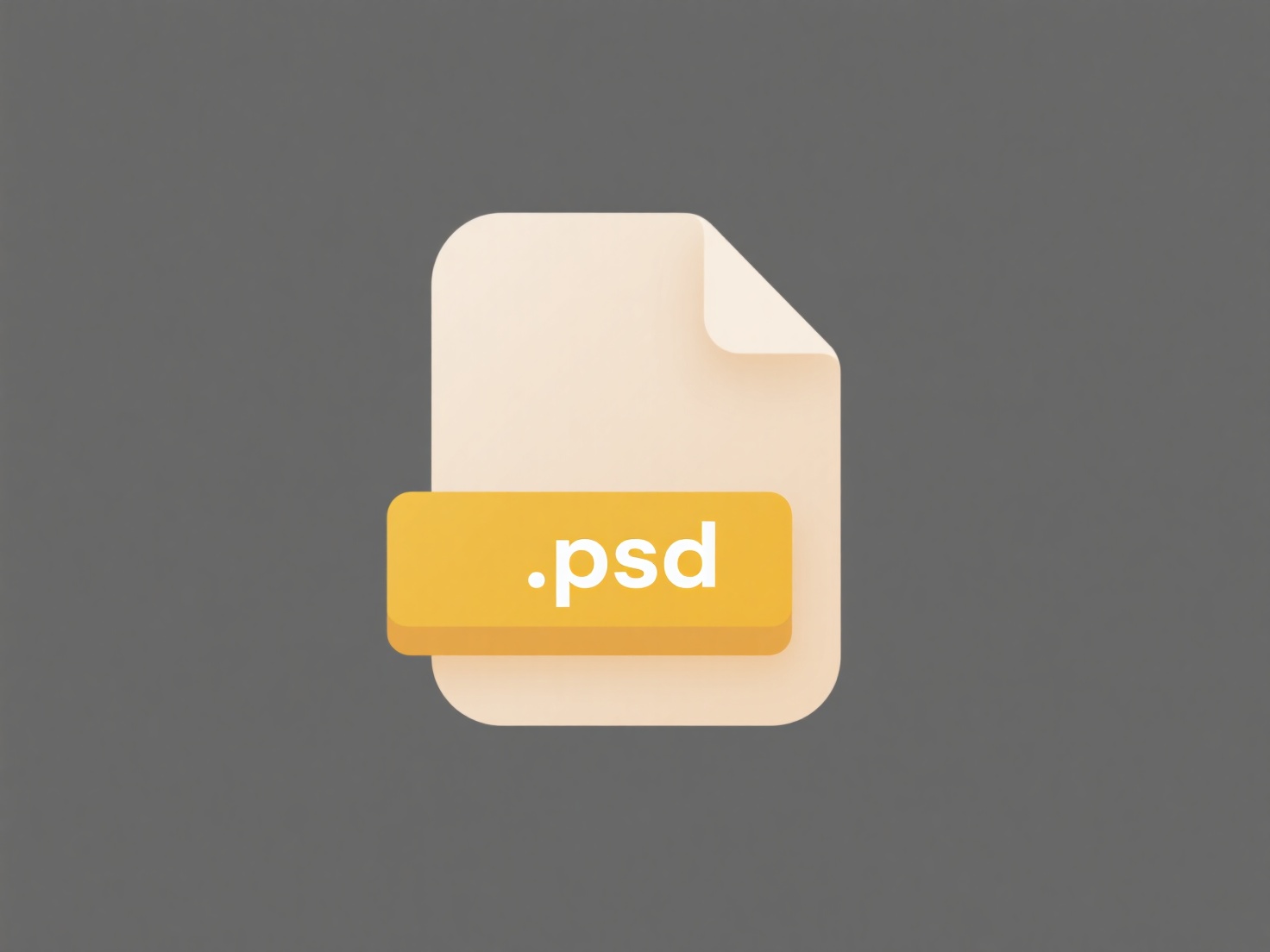
Filename duplication with timestamps (like "report_20230715_142356.txt") or hash codes (like "file_ab34e1d9.txt") occurs to prevent overwriting existing files. Systems automatically append unique identifiers when saving a new file with the same name as an existing one in the same location. Timestamps provide human-readable uniqueness based on creation time, while hash codes are typically generated algorithms that create unique, non-guessable identifiers for files.
Practical examples include automatic file saving by software: backup tools saving hourly snapshots ("invoice_backup_20231024_0900.pdf") or collaboration platforms like Google Drive creating conflict copies ("MeetingNotes_CONFLICT_20231102.docx"). Hashing is common in software repositories like Git ("header_fa1b2c.h"), ensuring unique filenames when managing changes or processing large batches of uploaded files.

This prevents accidental data loss by avoiding overwrites, particularly valuable in automated or collaborative workflows. However, it can clutter folders with repetitive names. Future systems may offer improved conflict resolution interfaces rather than name modifiers. While safe, excessive duplication necessitates organizational discipline to avoid confusion.
Why are my file names duplicated with a timestamp or hash code?
Filename duplication with timestamps (like "report_20230715_142356.txt") or hash codes (like "file_ab34e1d9.txt") occurs to prevent overwriting existing files. Systems automatically append unique identifiers when saving a new file with the same name as an existing one in the same location. Timestamps provide human-readable uniqueness based on creation time, while hash codes are typically generated algorithms that create unique, non-guessable identifiers for files.
Practical examples include automatic file saving by software: backup tools saving hourly snapshots ("invoice_backup_20231024_0900.pdf") or collaboration platforms like Google Drive creating conflict copies ("MeetingNotes_CONFLICT_20231102.docx"). Hashing is common in software repositories like Git ("header_fa1b2c.h"), ensuring unique filenames when managing changes or processing large batches of uploaded files.

This prevents accidental data loss by avoiding overwrites, particularly valuable in automated or collaborative workflows. However, it can clutter folders with repetitive names. Future systems may offer improved conflict resolution interfaces rather than name modifiers. While safe, excessive duplication necessitates organizational discipline to avoid confusion.
Quick Article Links
Is it better to use software or manual sorting for photo organization?
Is it better to use software or manual sorting for photo organization? Organizing photos manually involves individuall...
What are hidden files and why do they exist?
Hidden files and folders are system-designated items intentionally omitted from regular directory views in file managers...
What’s the best cloud service for business file management?
What’s the best cloud service for business file management? The "best" cloud service for business file management depen...